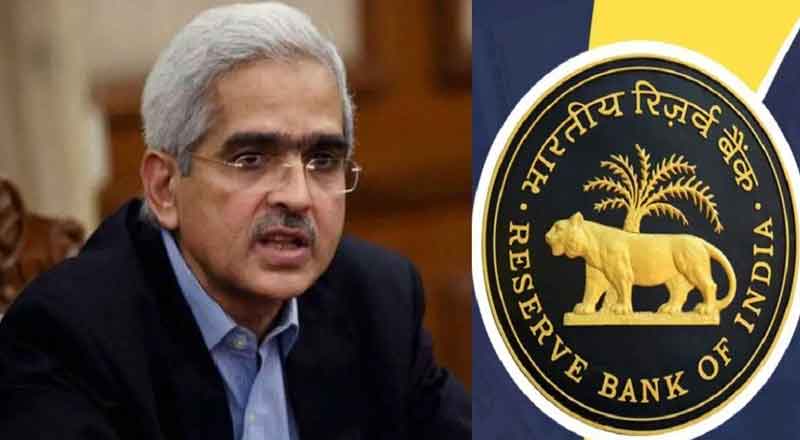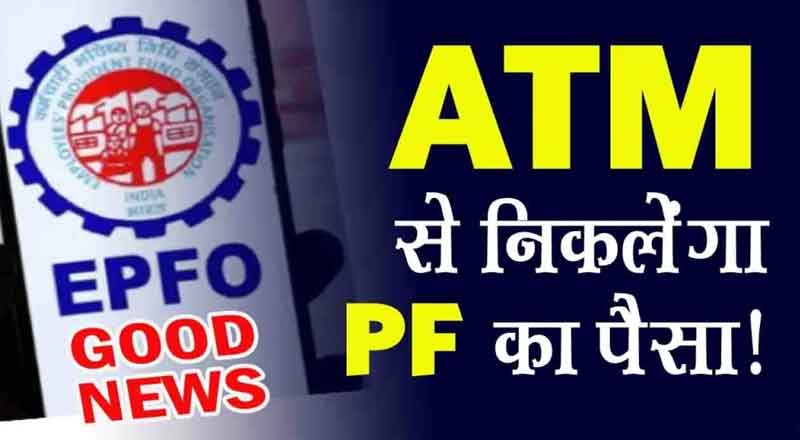- GDP growth for the financial year 2024-25 projected at 7.2%
- Standing Deposit Facility (SDF) rate stays put at 6.25%
- RBI keeps the inflation forecast for FY25 steady at 4.5%
The recent Reserve Bank of India (RBI) Monetary Policy Committee (MPC) meeting unfolded against the backdrop of evolving economic dynamics and regulatory imperatives. Led by RBI Governor Shaktikanta Das, the MPC deliberated on a range of policy measures aimed at navigating the intricacies of inflation management, economic growth, and regulatory enhancements. Here’s a comprehensive overview of the key takeaways from the deliberations:
Repo Rate Standstill: Amidst prevailing economic uncertainties, the RBI maintained the repo rate at 6.5%, underscoring its commitment to the “withdrawal of accommodation” stance. This decision, marking the eighth consecutive instance of rate stability, reflects the central bank’s cautious approach towards balancing growth objectives with inflationary pressures.
Steady SDF and MSF Rates: Complementing the decision on the repo rate, the Standing Deposit Facility (SDF) rate and the Marginal Standing Facility (MSF) rate remained unchanged at 6.25% and 6.75%, respectively. Governor Das emphasized the committee’s majority decision to uphold these rates, indicative of a cautious monetary policy stance amidst prevailing economic uncertainties.
Upward Revision of GDP Forecast: In a notable development, the RBI revised the projected real GDP growth for the fiscal year 2024-25 upwards to 7.2%, reflecting guarded optimism regarding economic recovery. Governor Das provided detailed quarterly growth forecasts, highlighting a balanced risk outlook across the fiscal year.
Consistent Inflation Forecast: Despite economic adjustments, the RBI maintained the inflation forecast for FY25 at 4.5%, reaffirming its commitment to long-term inflation targets. Governor Das reiterated the central bank’s dedication to restoring inflation to the target of 4% over the long term, contingent on factors such as normal monsoon conditions.
Bulk Deposit Limit Revisions: In a move aimed at aligning regulatory frameworks with evolving banking dynamics, the RBI proposed revisions to the definition of bulk deposits for Scheduled Commercial Banks (SCBs), Small Finance Banks (SFBs), and Local Area Banks. The proposed new limits, set at Rs 3 crore for SCBs and SFBs and Rs 1 crore for Local Area Banks, seek to enhance operational efficiencies and regulatory clarity.
Streamlining Export and Import Regulations: Recognizing the need to adapt to changing global trade dynamics, the RBI unveiled plans to streamline export and import regulations under the Foreign Exchange Management Act (FEMA) 1999. This initiative aims to provide greater operational flexibility to Authorized Dealer banks, facilitating smoother trade transactions.
Digital Payments Security Enhancements: In response to the growing imperative of bolstering digital payment security, the RBI proposed the establishment of a Digital Payments Intelligence Platform. This platform, envisaged to reduce payment frauds through real-time data sharing across payment systems, underscores the central bank’s commitment to fostering a secure and resilient digital payment ecosystem.
E-Mandate Framework Expansion: With a view towards enhancing consumer convenience and transactional efficiency, the RBI is considering the inclusion of recurring payments within the e-mandate framework. This initiative, aimed at facilitating automatic replenishment triggered by balance thresholds, holds the potential to streamline payment processes and enhance user experience.
These insights from the RBI’s MPC meeting underscore the central bank’s proactive approach towards fostering economic stability, while simultaneously adapting to emerging trends and challenges in the financial landscape. As guidelines on these proposals are set to be issued shortly, stakeholders can anticipate further clarity on regulatory frameworks and policy directives, shaping the trajectory of India’s economic landscape.
(With inputs from agencies)





